
James Webb Telescope Uncovers Shocking Update on $10 Quintillion Asteroid Psyche
James Webb Telescope Uncovers Shocking Update on $10 Quintillion Asteroid Psyche
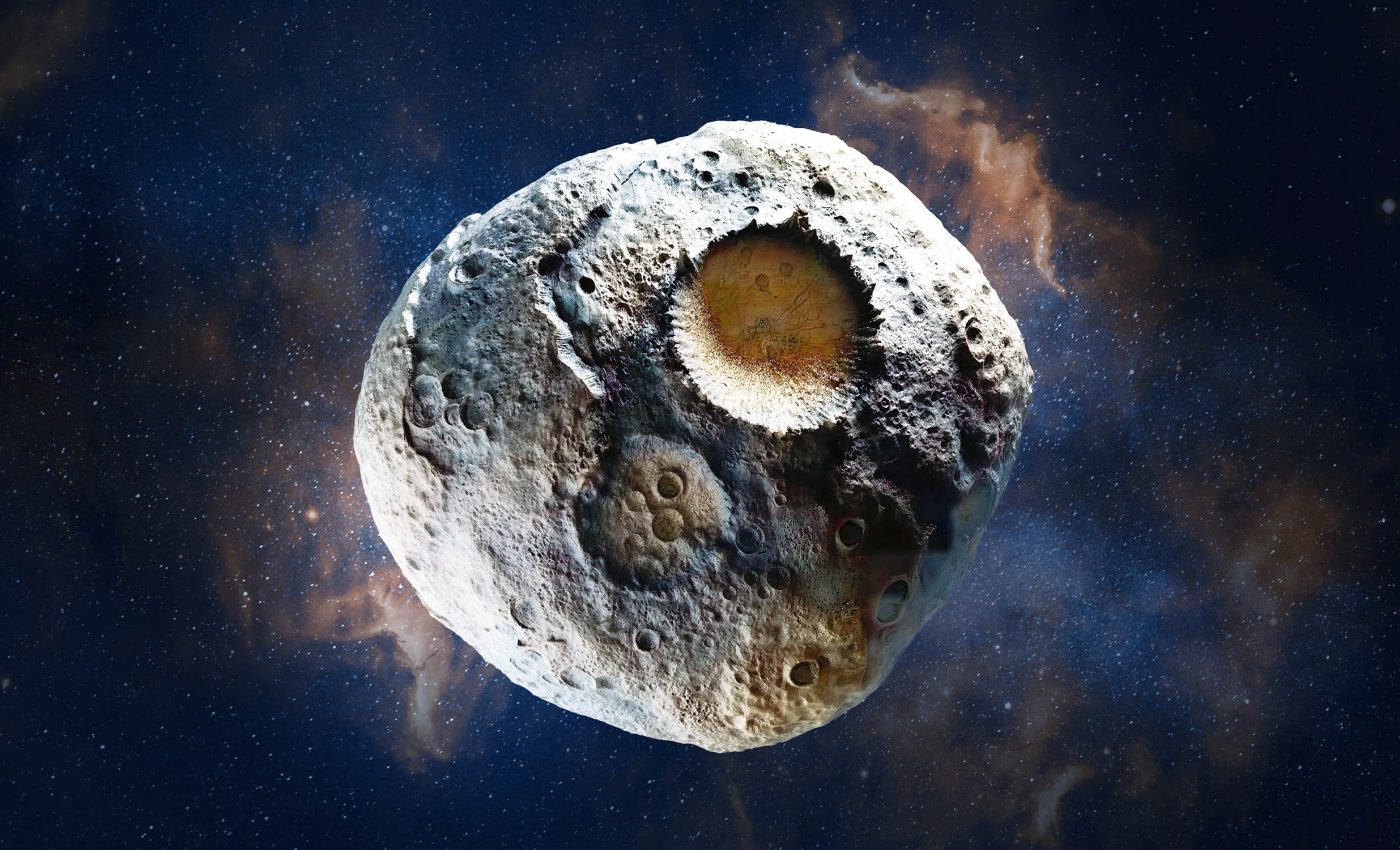
Could a Single Asteroid Make Everyone on Earth a Billionaire?
If you follow space exploration news, you’ve probably heard of asteroid 16 Psyche — the space rock that could be worth an estimated $10 quintillion.
Yes, that’s $10,000,000,000,000,000,000.
Unlike most asteroids made of rock or ice, 16 Psyche is believed to be rich in metals — possibly including iron, nickel, and even gold. Its composition is so unusual that scientists think it may be the exposed core of a failed planet, offering a rare glimpse into how planets form.
Now, the James Webb Space Telescope (JWST) has delivered a surprising new update about this cosmic treasure chest: Psyche may be rusting.
16 Psyche: The Asteroid That Could Reshape the Global Economy
16 Psyche’s metal-rich nature has captured the attention of NASA and space investors alike. If its estimated $10 quintillion in metals could be mined and brought back to Earth, it could theoretically make every human on the planet a billionaire.
But aside from its potential economic impact, 16 Psyche offers something far more valuable: clues about the early solar system.
James Webb Space Telescope Detects Rust on Psyche
Recently, researchers using NASA’s James Webb Space Telescope found evidence of rust on the asteroid’s surface. This discovery hints at a surprising possibility: Psyche is hydrated.
This isn’t the first time water has been suspected on Psyche. Back in 2017, scientists observed signs of hydroxyl molecules (OH) — one of the building blocks of water — using infrared spectroscopy. These molecules likely formed from water-based interactions on the asteroid’s surface.
Now, with JWST’s cutting-edge infrared imaging, scientists have confirmed that metal on Psyche is interacting with hydroxyl groups, leading to a kind of rusting process, similar to what happens when metal oxidizes in the presence of water on Earth.
What Does Rust Mean for Psyche and Planetary Science?
This rust effect suggests Psyche may contain traces of water, possibly in the form of hydrated minerals or ice embedded in its surface.
Even more exciting is what Psyche may reveal about planetary cores. NASA scientists believe Psyche might be the exposed core of a protoplanet, a remnant from the earliest days of our solar system — similar in structure to Mars or Earth.
Understanding Psyche could help scientists:
-
Learn how planetary cores are formed
-
Explore how water and metal interact in space
-
Discover more about the origins of our solar system
NASA's Psyche Mission: On Track for 2029 Arrival
To explore Psyche in greater detail, NASA launched the Psyche spacecraft mission on October 13, 2023. The probe is expected to arrive at the asteroid in 2029, when it will orbit and analyze the asteroid using advanced instruments.
According to NASA and Live Science, the goal is to uncover key information about planet formation and the composition of celestial bodies in our solar system.
Final Thoughts: A Billion-Dollar Discovery or a Scientific Goldmine?
While mining 16 Psyche remains a distant dream, its scientific value is already immense. The James Webb Space Telescope’s discovery of rust provides another layer of intrigue to an already mysterious asteroid.
Whether it's a potential economic game-changer or simply a window into planetary history, one thing is certain: Psyche has the world watching.
News in the same category


RFK Jr. Raises Concerns About 5G Health Risks: Brain Function, EMR, and Cancer Link

People Stunned After Learning The True Meaning Behind ‘SOS’ — It’s Not What You Think
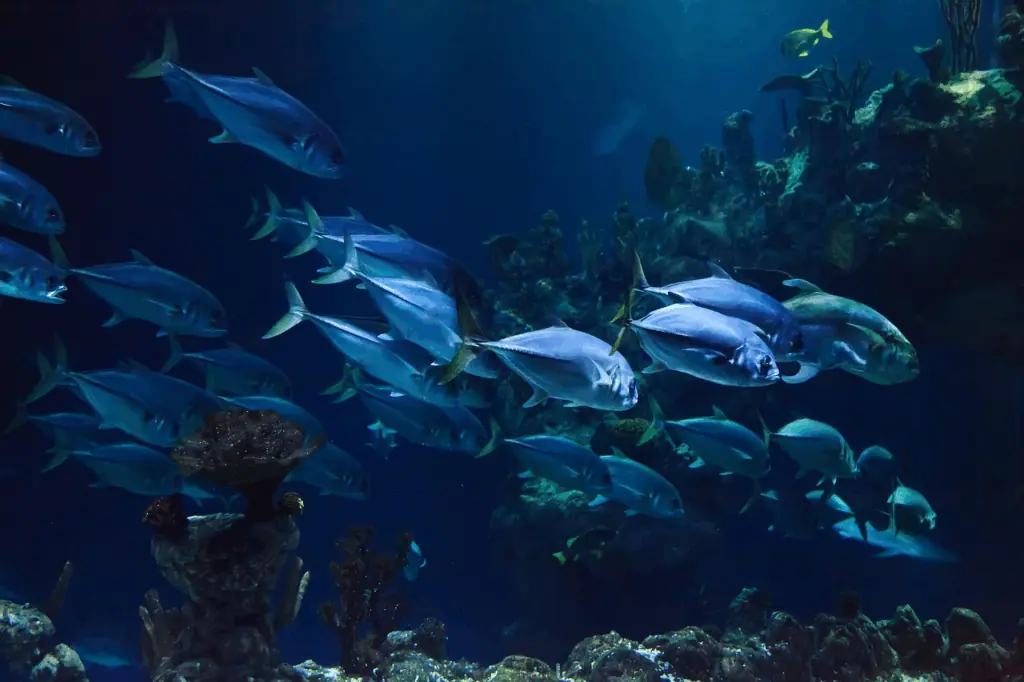
Scientists Reach Bottom Of The Red Sea — What They Found Left Them ‘Shaken’

Taste The Toxin? Shocking Lawsuit Targets Skittles Over Alleged Toxic Ingredient
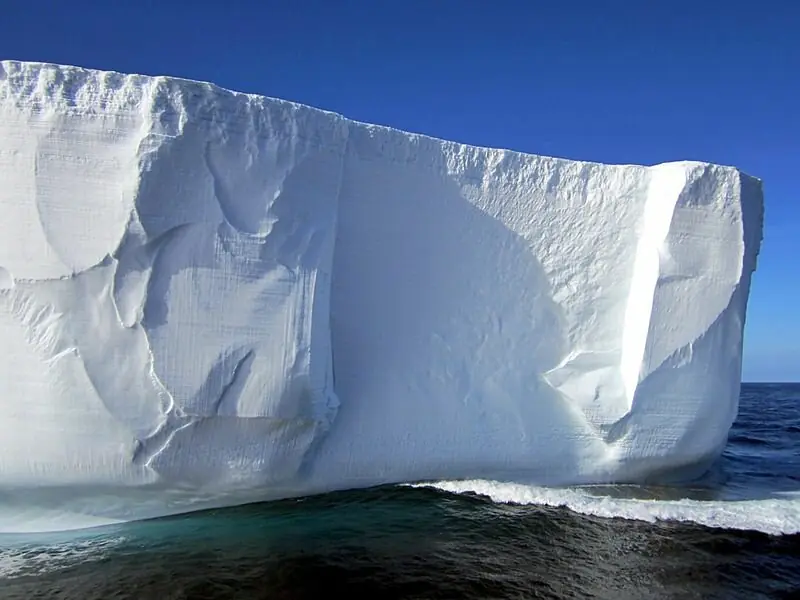
Antarctica Ice Sheet Grows for First Time in 30 Years, Surprising Scientists

‘Japanese Baba Vanga’ Predicts Mega-Tsunami in July 2025 — Warns of a ‘Boiling Sea’ South of Japan
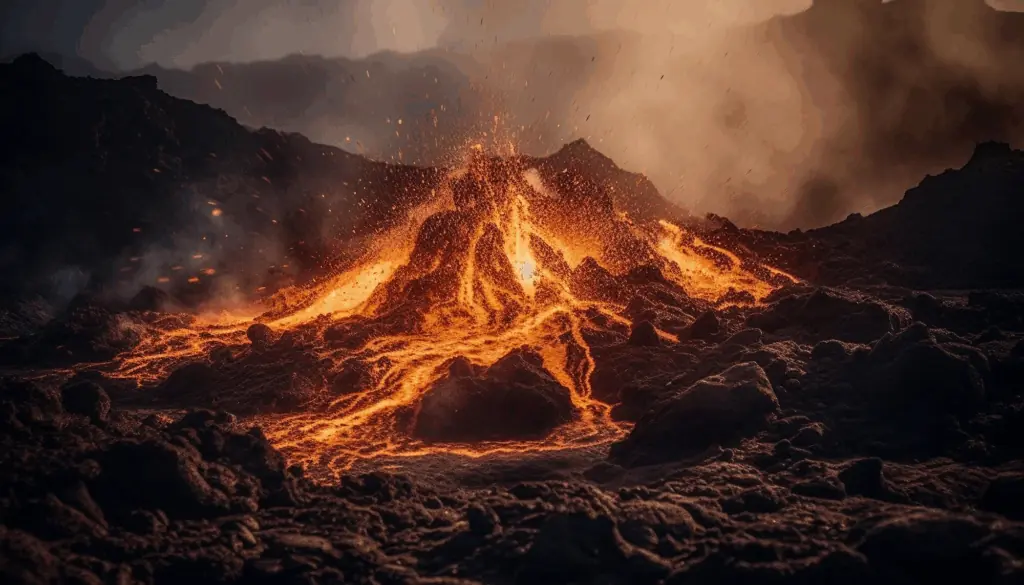
300,000 Americans On Edge As Massive 11,000ft Volcano Shows Signs Of Imminent Eruption

Wildlife Photographer Captures Alligator With No Bite – Internet Baffled How It’s Still Alive
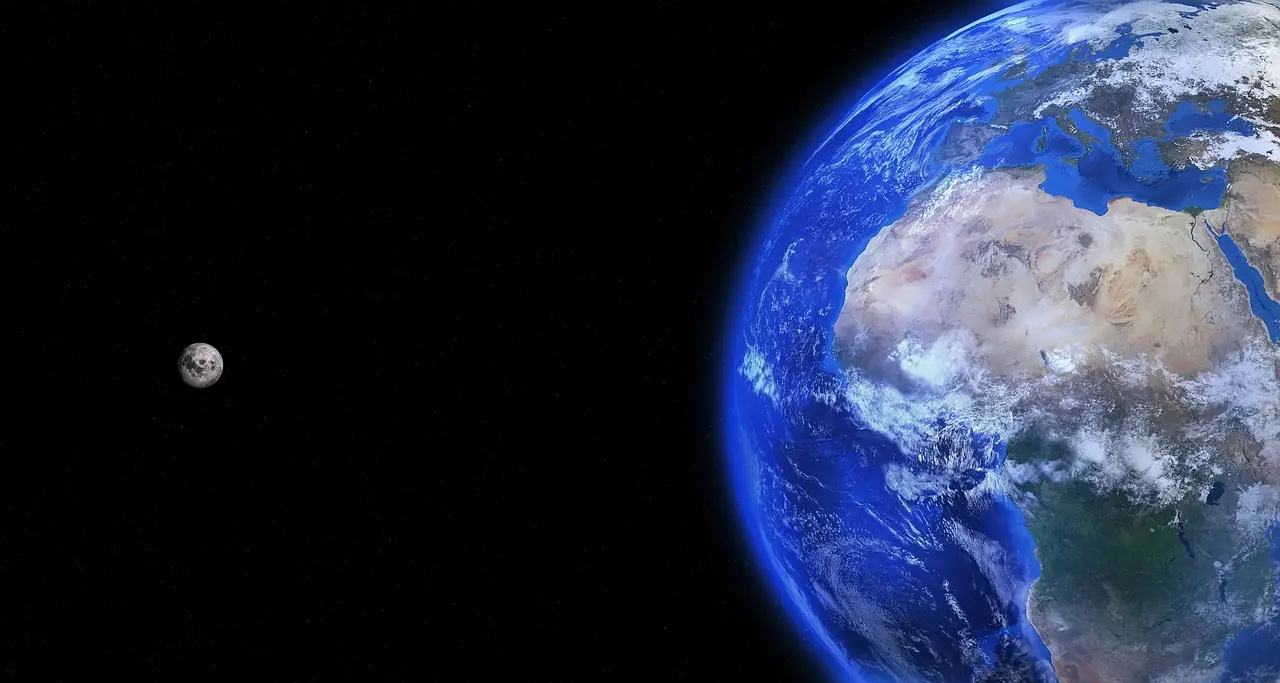
Scientists Stunned By 3.5 Billion-Year-Old Crater Holding Earth’s Earliest Secrets
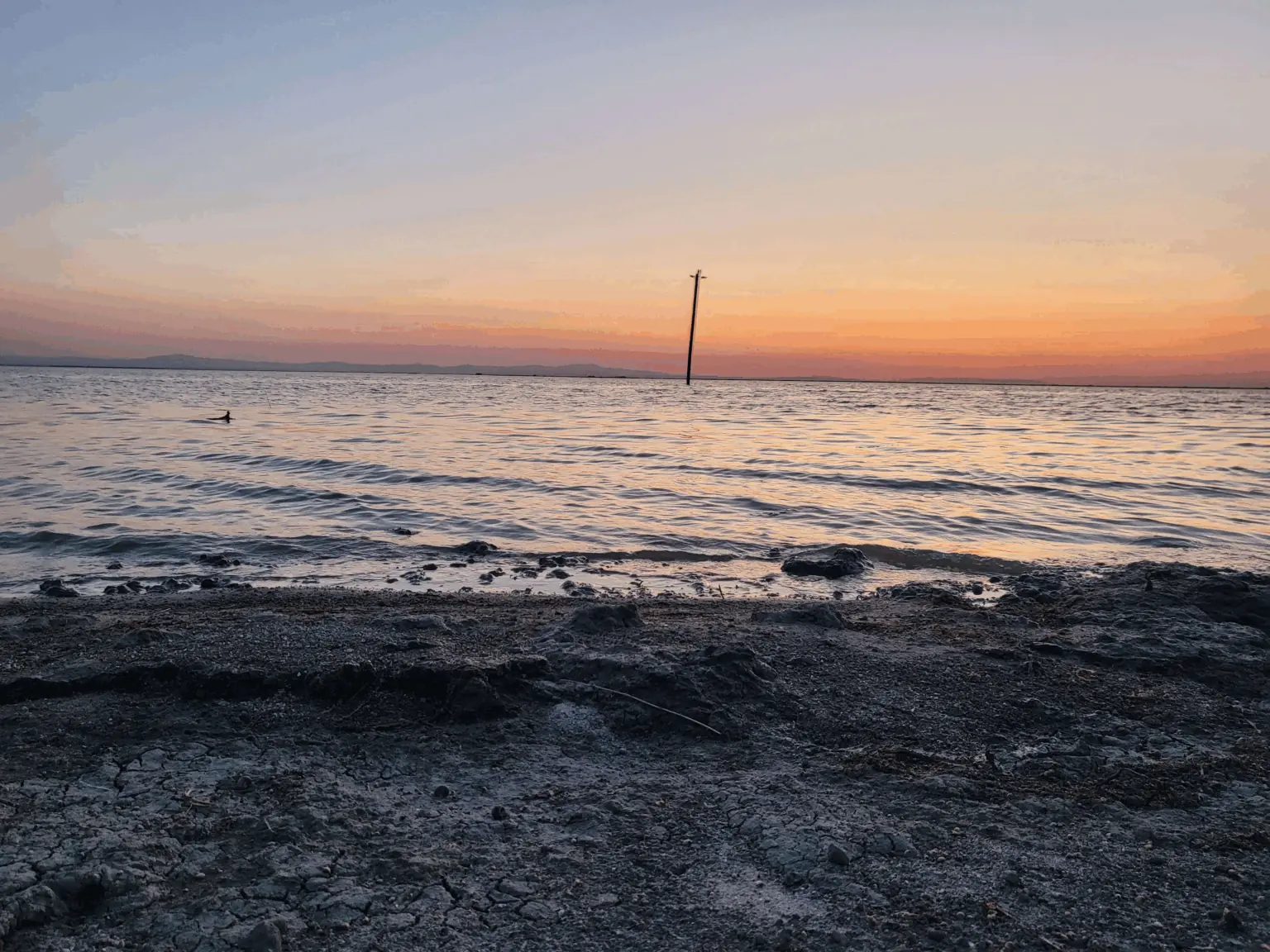
Massive 100-Mile-Long Lake Mysteriously Reappears 130 Years After Vanishing

Persistence Hunting: How the San People of the Kalahari Master the Art of Endurance
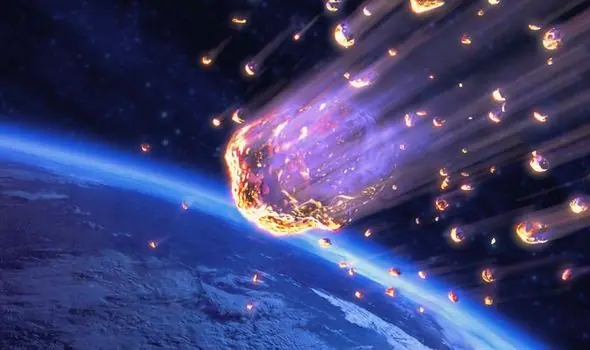
Halley’s Comet Is Back, But This Time, It’s Raining Fire

Greece Rocked By Massive Earthquake As Tsunami Warning Sparks Panic

Sun Unleashes Monster Flare As Scientists Say Earth Could Be Hit By Massive Solar Storm Tomorrow

Modern House Fires Burn Faster: Why You May Have Only 3 Minutes to Escape
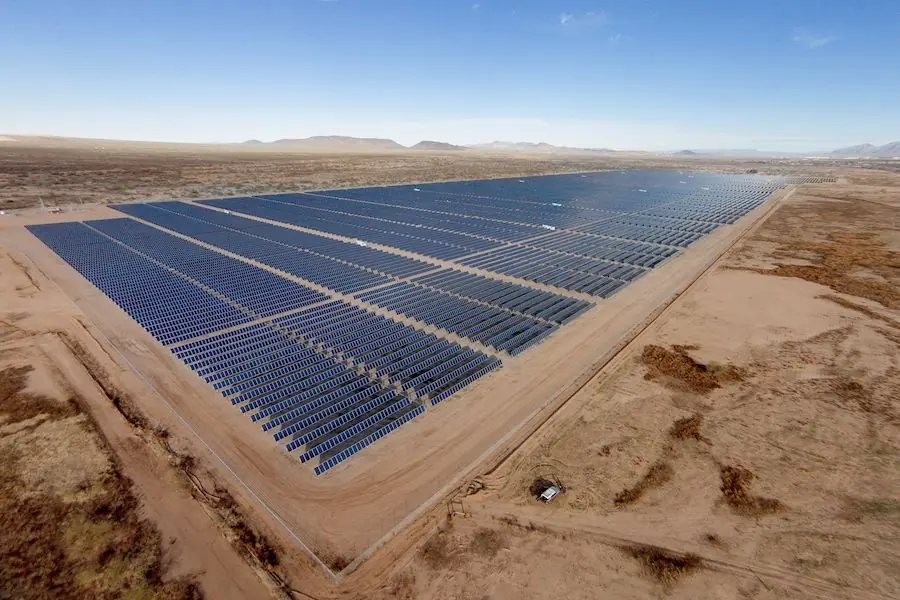
Could the Sahara Desert Power the Entire World with Solar Energy?

Drunk Bees? How Fermented Nectar Affects Honeybees in Australia
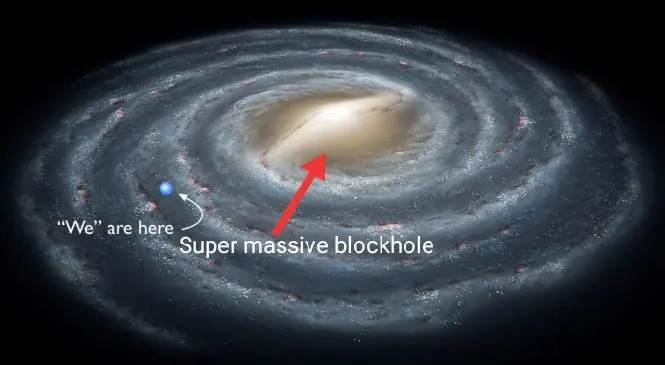
How Small Earth Is in the Universe—And Why That Should Inspire Us
News Post

Recognizing Mini-Stroke Symptoms: A Crucial Step in Stroke Prevention
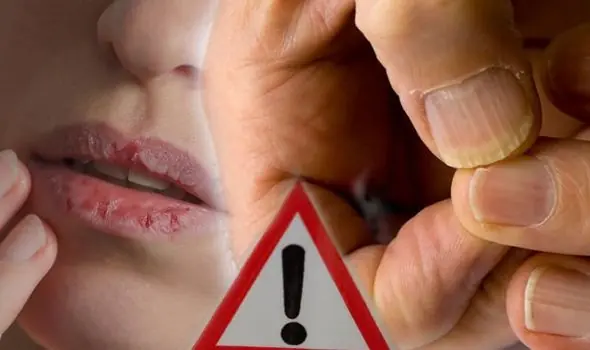
Experts Reveal 3 Warning Signs of Lip and Nail Cancer You Shouldn’t Ignore

Doctor Warns About the Risks of Not Washing Your Hair Regularly
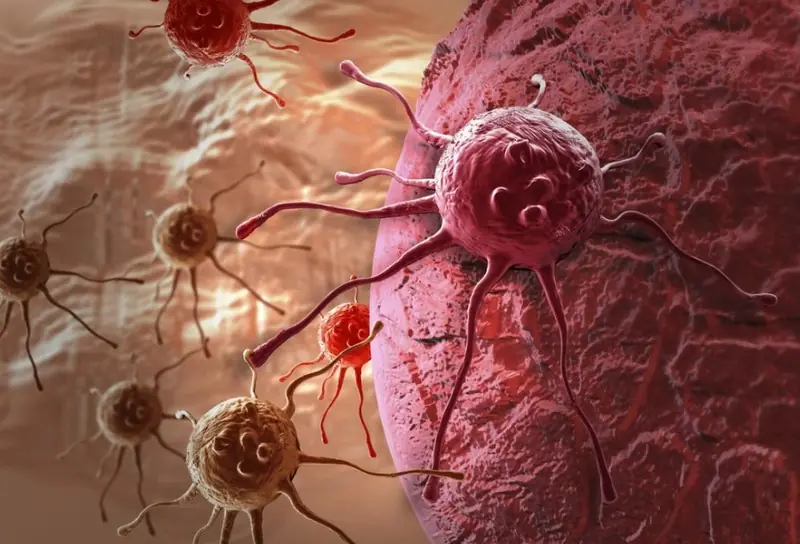
8 Foods That Are Natural Enemies of Tumors – Make Sure to Eat Them Regularly

Medical Experts Warn: 4 Early Morning Signs That Cancer Cells May Be Attacking Your Body
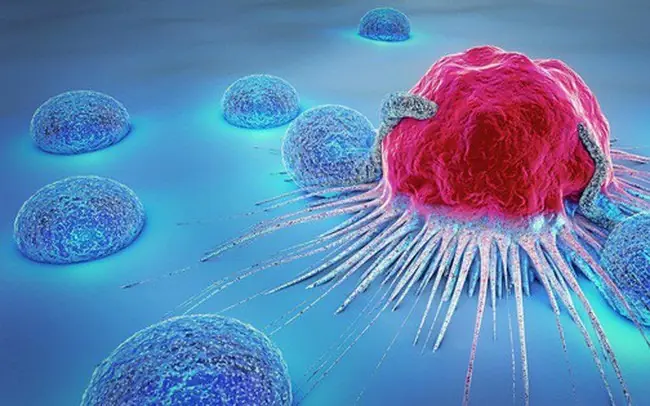
"On the Brink of Cancer: 5 Warning Signs Your Body Sends — Unusual Pain, Persistent Cough? See a Doctor Before It’s Too Late

The Real Reason Empire State Building Was Built Using Bricks From A Tiny British Town

RFK Jr. Raises Concerns About 5G Health Risks: Brain Function, EMR, and Cancer Link

🍊 Detox Naturally: The Surprising Power of Tangerine, Walnuts & Ginger

Boost Your Health with These 2 Powerful Juice Recipes

My SIL Did a DNA Test for My Daughter Behind My Back — When I Learned Her Reason for This, I Went Low Contact with My Brother

People Stunned After Learning The True Meaning Behind ‘SOS’ — It’s Not What You Think

My MIL Demanded I Leave My Own Home During the Birthday Party I Organized for Her – She Didn't Know How Big a Mistake That Was

My Daughter-in-Law Suddenly Started Calling Me 'Mom' After Years of Coldness – I Found Out Why, and I Didn't Let It Slide

My Fiancée Wore a Black Dress to Our Wedding – When I Found Out Her Reason, My Life Was Never the Same
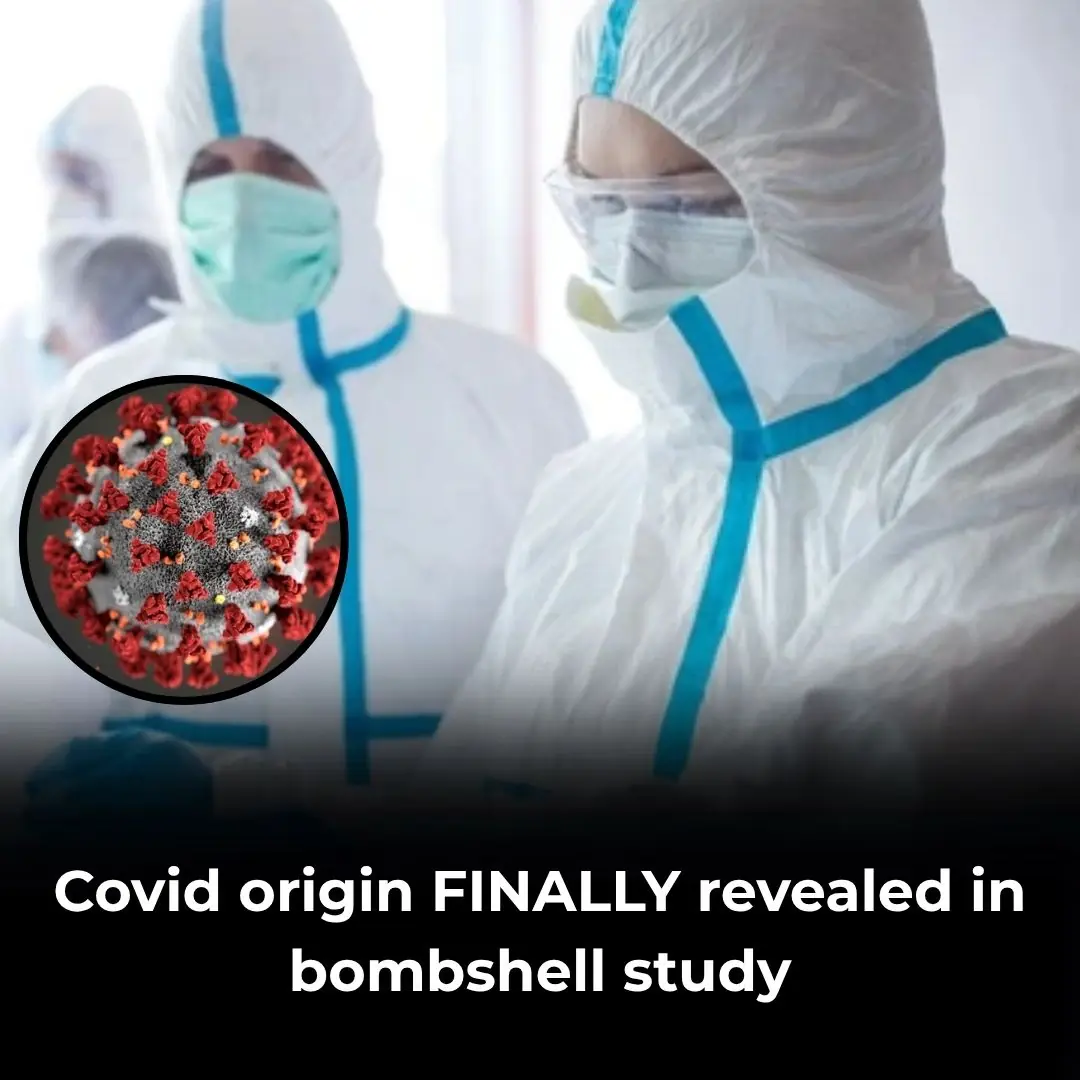
Covid origin FINALLY revealed in bombshell study…and it might not have been China after all

My DIL Forbade Me from Attending My Grandson's First Baseball Game – I Learned the Real Reason and Froze

Once You Learn This, You Will Never Throw Avocado Pit Away
